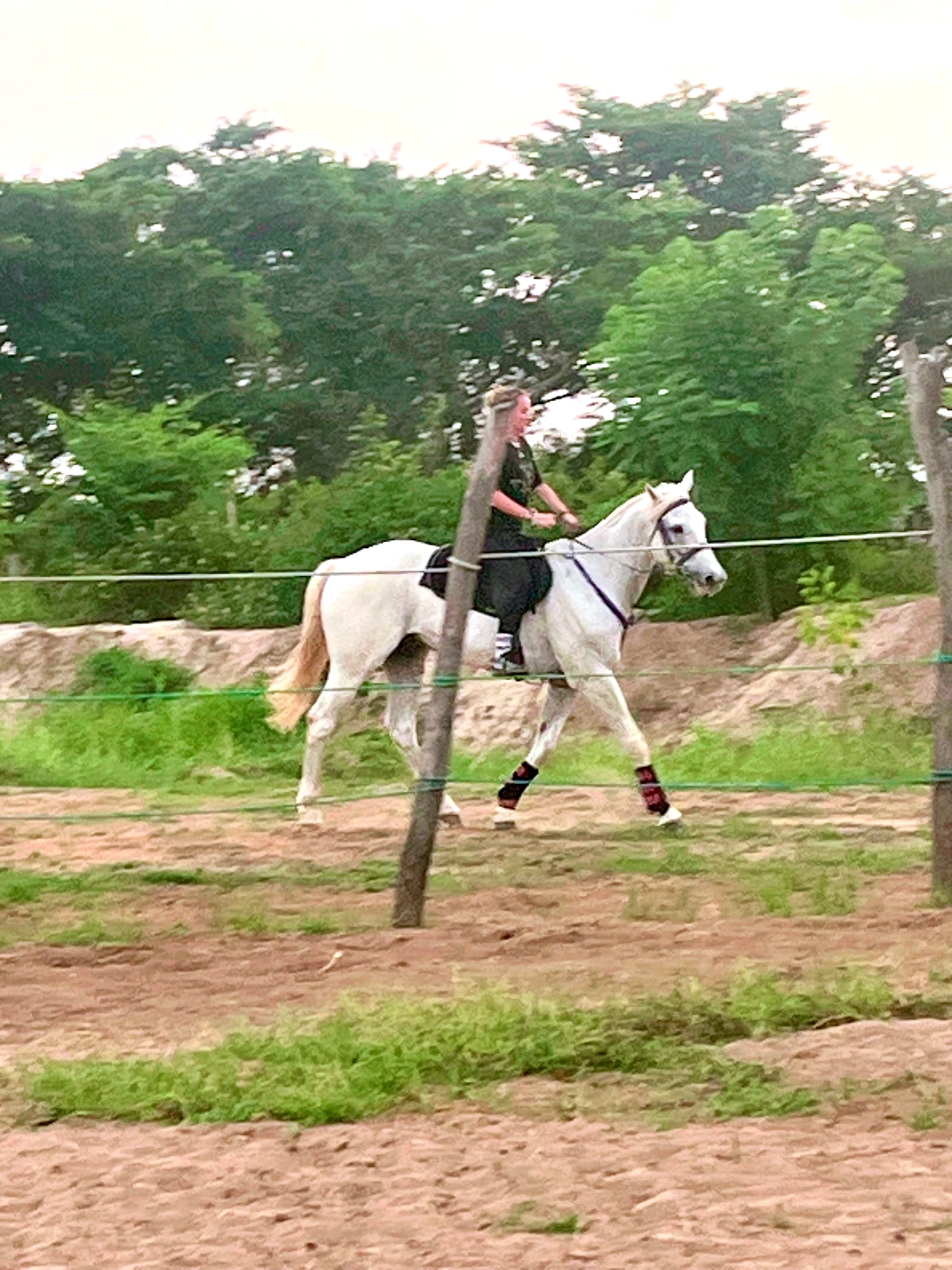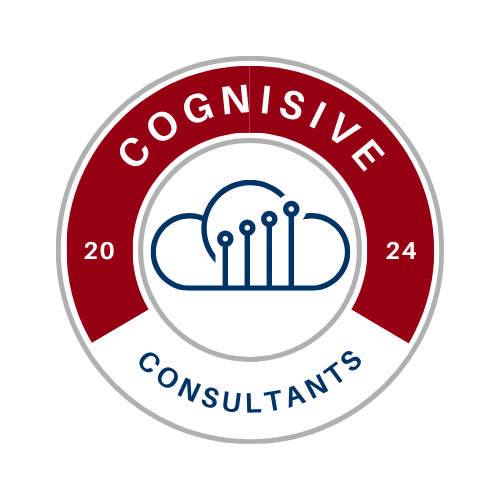The Geometry of Obedience: Why Structure Creates Freedom
True freedom isn’t the absence of rules — it’s the presence of rhythm. The Geometry of Obedience explores how structure transforms control into trust and why every disciplined system — from the saddle to the institution — finds its freedom through design.

In discipline lies design; in design, the quiet architecture of trust.
By Alfie Ameer — Founder & CEO, Vonfidel Group; Chair, VONFIDEL K9 & Vonfidel Ranch
The Paradox
Modern culture romanticizes freedom as the absence of limits — yet in every discipline that endures, from horsemanship and behavioural science to strategy and statecraft, freedom exists only within structure.
Without rhythm, a rider cannot guide motion. Without formation, a unit fractures. Without a framework, creativity dissolves into chaos. Structure does not oppose freedom; it defines it.
Freedom becomes meaningful only when bounded by geometry — by rhythm, repetition, and ritual. A living organism, a horse, or an institution flourishes when its patterns are structured enough to give direction but flexible enough to allow flow.
The Saddle and the Field
At Vonfidel Ranch, behavioural observation across multiple horses and riders has shown that anxiety rises when cues are inconsistent, even if they are gentle. Conversely, consistent structure — the same rein tension, the same tone, the same body rhythm — lowers tension markers and produces self-carriage.
This principle reflects a universal behavioural law: uncertainty, not firmness, triggers resistance.
The horse learns not through force, but through predictable feedback loops — a cognitive conditioning process closely parallel to operant trust conditioning in human teams.
Each pattern — the halt, the lead change, the return to center — forms an architecture that converts fear into understanding.
Leadership operates the same way. A team or institution loses coherence not when rules exist, but when they shift unpredictably. Calm consistency — the behavioural rhythm of clarity — is what allows autonomy to bloom.
“The rider’s discipline is the horse’s freedom. The leader’s predictability is the follower’s peace.”
The Kennel and the Institution
Within VONFIDEL K9, structured training sequences provide measurable insight into the relationship between predictability and confidence.
Dogs conditioned through stable repetition display significantly lower cortisol levels and faster recovery from environmental stress than those exposed to erratic corrections — a finding consistent with behavioural-psychology research from the University of Cambridge (McEwen, 2020), which links pattern recognition to reduced cognitive load and heightened executive function.
In institutional terms, this translates to psychological safety.
When command structures become arbitrary, obedience mutates into compliance born of fear.
When hierarchy remains clear yet ethical, obedience transforms into trust.
Structure, in both organisms and organizations, is not a cage but a nervous system.
It carries signals, maintains rhythm, and anchors collective confidence.
“An army without ethics is a mob. An organization without order is a mood.”
The Architecture of Behaviour
Neuroscience and fieldcraft converge on a single truth: predictability regulates the nervous system.
Repetition reduces cognitive friction; known patterns free the brain to perform higher-order tasks.
At Vonfidel Ranch, this is observed when a previously reactive horse begins to move freely within the training circle — not because the rein disappears, but because the meaning of it has stabilized.
At VONFIDEL K9, it manifests when a protection dog anticipates command flow and executes without visible hesitation — behaviour that stems from clarity of design, not dominance.
In both, structure acts as an invisible map of trust.
It delineates the space in which intuition and instinct coexist without conflict.
“When order is internalized, obedience disappears. What remains is rhythm.”
Designing Freedom
Freedom, when designed, is functional autonomy.
It is the ability of a system — biological, institutional, or cognitive — to self-regulate without external correction.
Designing such freedom requires discipline from the architect:
- Clarity: rules must be known and rational.
- Consistency: feedback must be predictable.
- Calibration: boundaries must flex in proportion to maturity.
This triad mirrors the progression of mastery seen across both animal training and organizational leadership.
The same pattern that steadies a young horse or a working dog steadies human systems — structure creates calm; calm enables awareness; awareness produces adaptive freedom.
Implications for Leadership
Leaders who equate freedom with laxity invite disorder. Those who equate discipline with rigidity invite rebellion. The modern art of leadership lies in balancing structure with trust — creating ethical architectures in which obedience is not submission, but synchronized purpose.
In the language of cognitive design, this is coherence: the alignment of pattern, intent, and response.
Fear may compel movement, but coherence sustains motion.
“Discipline without empathy is tyranny; empathy without discipline is chaos.”
True mastery lies in the quiet rhythm between the two.
Conclusion
Every stable system — a herd, a team, a nation — survives through geometry: invisible lines of trust, rhythm, and ritual.
To lead ethically is to draw those lines with clarity and humility.
Freedom is not rebellion against order but its highest refinement.
Across the field, the kennel, and the institution, the evidence is consistent: when structure serves purpose, not ego, obedience becomes art.
The geometry of obedience, then, is not about control — it is the architecture of freedom itself.
Epilogue
Structure reveals character; character gives structure meaning.
About the Author
Alfie Ameer is the Founder & CEO of Vonfidel Group, Chair of VONFIDEL K9 and Vonfidel Ranch, and Principal Consultant at Cognisive Consultants. His research and fieldwork intersect leadership psychology, behavioural design, and institutional ethics — examining how cognition, conditioning, and colonial legacies shape modern governance and trust. He writes at Insights by Cognisive Consultants on leadership, security, and socio-cultural reform.
Originally published at
Insights by Cognisive Consultants
— the institutional publishing archive of
Cognisive Consultants,
a Vonfidel Group (VFG) company.
This article is part of the Leadership & Behavioural Design series exploring cognition, structure, and trust across human and animal systems.
Syndicated excerpts appear on
Medium
and
Substack
under canonical reference to this original publication.
© 2025 Cognisive Consultants | A Vonfidel Group (VFG) Company · All rights reserved.

